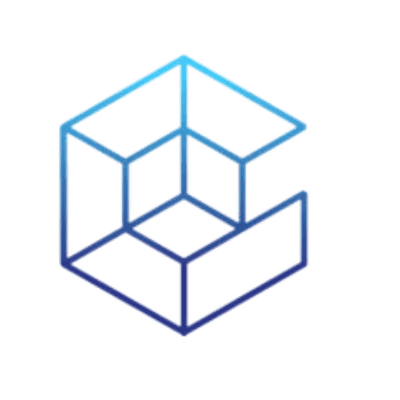Cloud
Cybersecurity
IT
CyberArk Analytics is an AI-powered engine that analyzes and visualizes user behavior for enhanced security.
1. Automating risk assessment workflows enables organizations to dynamically adjust user access rights based on real-time risk analysis, significantly enhancing security postures.
2. Automated compliance reporting through CyberArk Analytics integration helps in maintaining continuous compliance with industry regulations, reducing the manual workload and ensuring accuracy.
3. Streamlining incident response by automatically triggering security protocols when unusual behavior is detected, minimizing the potential impact of security breaches.
4. Enhancing monitoring of privileged accounts by orchestrating workflows that analyze access patterns and detect anomalies, thereby preventing unauthorized access and potential data breaches.
What is CyberArk Analytics?
CyberArk Analytics offers real-time insights into user behaviors, leveraging AI to enhance security measures within organizations. It integrates with CyberArk's Workforce Identity solutions to comprehensively analyze user actions, aiming to pinpoint and mitigate potential security threats.
Value Proposition of CyberArk Analytics
This solution identifies unusual access patterns and risky user behaviors by applying advanced analytics and machine learning. It automates the process of monitoring and analyzing user activities, significantly reducing the manual effort required for identifying security risks.
Who Uses CyberArk Analytics?
The primary users include IT and security teams across various finance, manufacturing, and healthcare industries. These professionals rely on CyberArk Analytics to streamline their security operations and ensure compliance with regulatory standards.
How CyberArk Analytics Works?
CyberArk Analytics processes data from multiple sources to assess risk in real-time. It utilizes user behavior analytics (UBA) to provide actionable insights, enabling organizations to adjust their security measures based on assessed risk levels dynamically.













